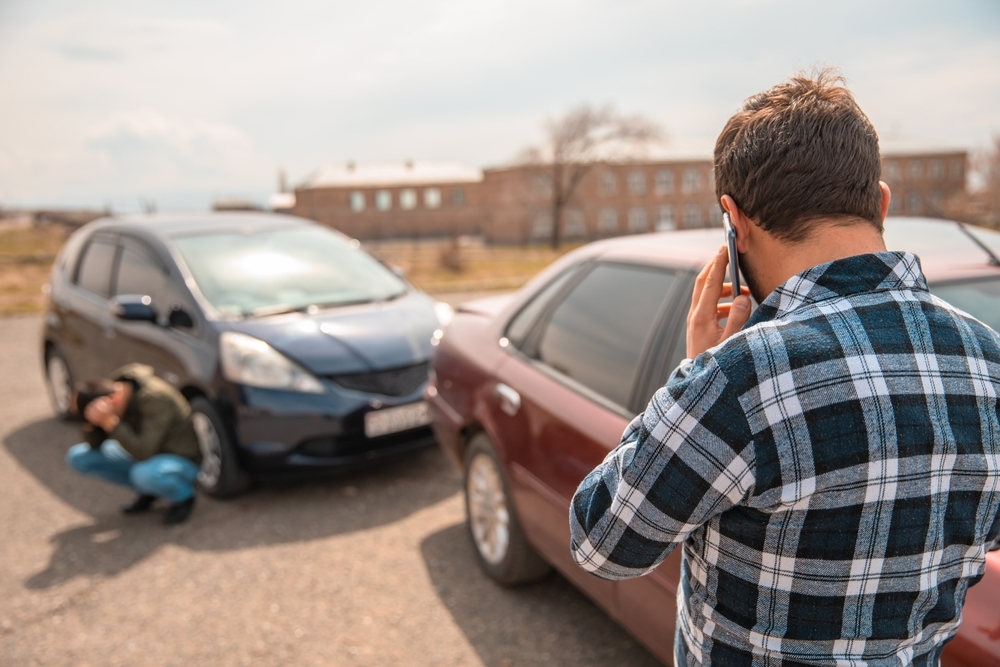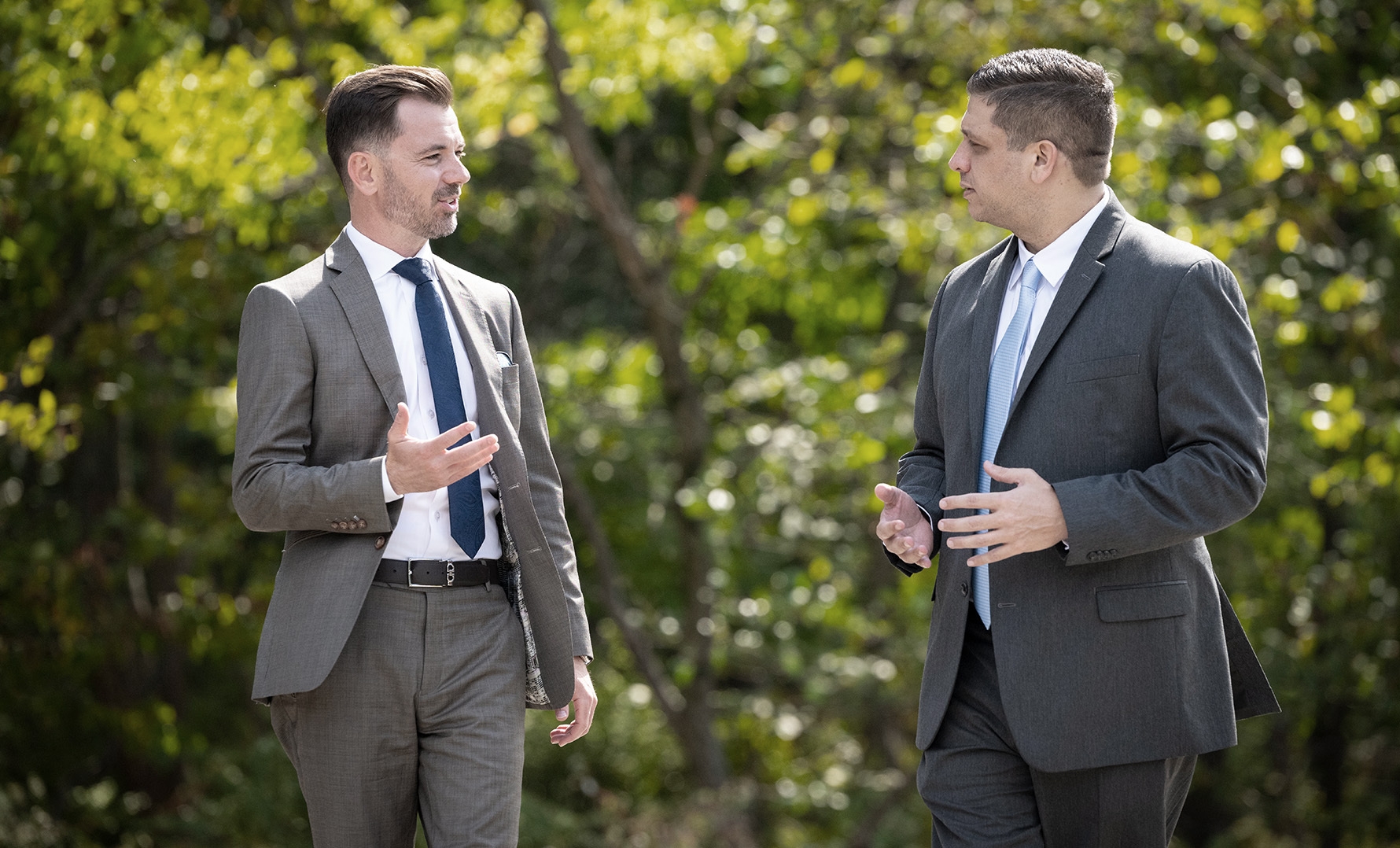
Car accidents are not always straightforward. In many cases, both drivers may share some level of responsibility for the crash. This can leave victims confused about whether they can still recover compensation or whether sharing fault will prevent them from filing a claim. So, what if both drivers share fault in a car accident in New Jersey? The answer depends on the state’s modified comparative negligence law and how fault is divided between the parties.
Understanding Comparative Negligence in New Jersey
New Jersey follows a modified comparative negligence rule. This means that if both drivers share fault in a car accident, each driver’s compensation is reduced based on their percentage of responsibility.
For example:
- If you were found 20% at fault and the other driver was 80% at fault, you could still recover damages. However, your award would be reduced by 20%.
- If you were found 51% or more at fault, you would be barred from recovering any compensation.
This law is designed to balance fairness in cases where fault is shared, while still holding drivers accountable for their role in the crash.
How Fault Is Determined in a Car Accident
Determining fault is often the most contested issue in a car accident case. Several types of evidence may be used, including:
- Police reports documenting the scene and any citations issued
- Eyewitness statements from people who saw the crash unfold
- Photos or videos showing damage, skid marks, or traffic signals
- Surveillance footage from nearby cameras
- Accident reconstruction experts who analyze the physics of the crash
Insurance companies and attorneys use this evidence to argue what percentage of fault each driver should carry.
Similar Post: How Do You Get a Copy of the Crash Report for a New Jersey Car Accident?
Common Scenarios Where Both Drivers Share Fault
There are many situations where responsibility is not clear-cut. Some examples include:
Rear-End Collisions with Contributing Factors
While the driver who rear-ends another is usually at fault, if the lead driver suddenly slammed on the brakes without reason or had broken brake lights, they may share liability.
Left-Turn Accidents
If one driver makes a left turn across traffic but the oncoming driver was speeding, both may share fault.
Merging or Lane-Change Accidents
Two drivers attempting to merge or change lanes at the same time may both be partially responsible.
Distracted Driving Crashes
If both drivers were distracted (for example, one texting and the other adjusting the GPS), they may share liability for the accident.
How Shared Fault Affects Compensation
If both drivers share fault in a car accident, compensation is adjusted accordingly. Damages may include:
- Medical expenses for hospital care, treatment, and rehabilitation
- Lost wages if you cannot work during recovery
- Property damage to repair or replace your vehicle
- Pain and suffering for the physical and emotional toll
For instance, if your damages total $100,000 and you were found 25% at fault, your recovery would be reduced to $75,000.
Challenges in Shared Fault Cases
Insurance companies often use shared fault as a strategy to reduce payouts. They may:
- Exaggerate your role in the accident to assign you more fault
- Dispute medical evidence to minimize damages
- Pressure you into accepting a low settlement
Having strong evidence and legal representation helps prevent insurers from unfairly shifting blame.
Similar Post: How Long Should You Wait Before Talking to the Other Driver’s Insurance Company?
Frequently Asked Questions About Shared Responsibility in Car Accidents
Can I still recover damages if I was partly at fault?
Yes. As long as you were less than 51% responsible, you may recover damages reduced by your percentage of fault.
What if both drivers are equally at fault?
If fault is split 50/50, each driver can still recover 50% of their damages from the other party.
Does comparative negligence apply in all types of motor vehicle accidents?
Yes. It applies to car accidents, truck accidents, motorcycle crashes, and even pedestrian cases.
Who decides the percentage of fault?
Initially, insurance adjusters make fault determinations, but if the case goes to trial, a judge or jury decides.
Why Legal Representation Matters
When both drivers share fault, proving your percentage of liability becomes crucial. A skilled personal injury attorney can:
- Collect and preserve accident scene evidence
- Work with reconstruction experts to clarify how the crash occurred
- Challenge exaggerated claims by insurance companies
- Negotiate for a fair settlement based on accurate fault percentages
- Represent you in court if necessary
Without legal help, you risk being assigned a higher percentage of fault than is fair, which could reduce or eliminate your compensation.
Call Camili & Capo Protect Your Rights After a Shared-Fault Car Accident in New Jersey
Being involved in a car accident where both drivers share fault can leave you uncertain about your rights and options. But New Jersey’s modified comparative negligence law still gives you the chance to recover meaningful compensation if the other driver was more responsible.
At Camili & Capo, we know how to build strong cases in shared-fault accidents. Our team carefully investigates every detail, challenges insurance company tactics, and fights for the maximum recovery possible.
Whether your accident happened in Newark, Hackensack, New Brunswick, or anywhere across New Jersey, we are here to protect your rights and your future. Contact Camili & Capo today for a free consultation. Let us handle the legal battle so you can focus on healing and moving forward.
Disclaimer: This blog is intended for informational purposes only and does not establish an attorney-client relationship. It should not be considered as legal advice. For personalized legal assistance, please consult our team directly.

